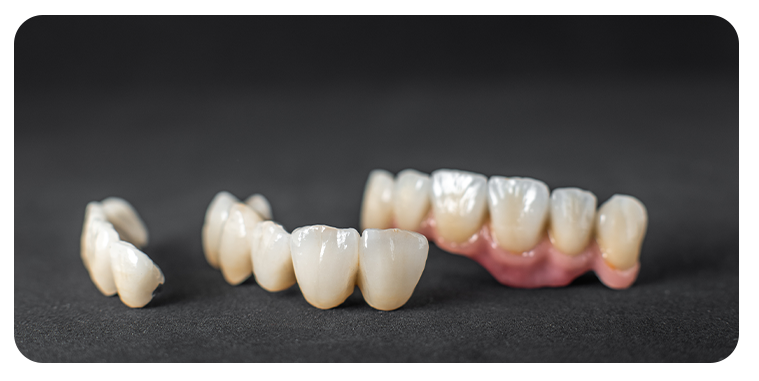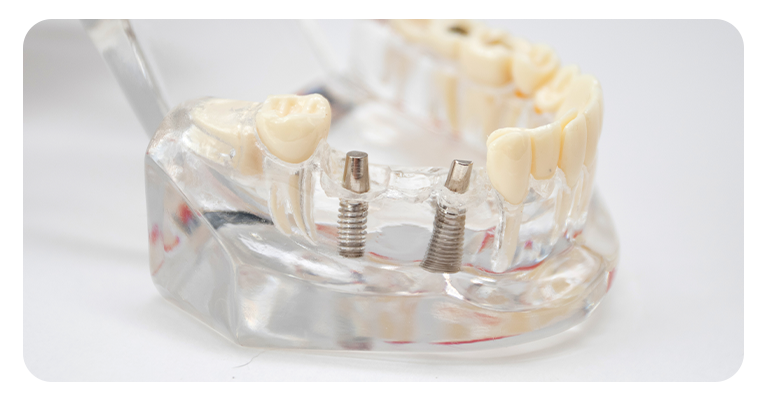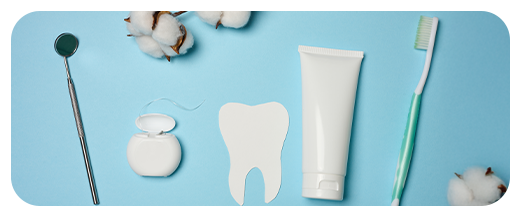Multiple Teeth Replacement
A Reliable and Functional Solution for Your Smile
Tooth loss can significantly impact both oral function and appearance. Whether caused by decay, trauma, or periodontal disease, missing multiple teeth can make it difficult to chew properly, speak clearly, or smile with confidence. Fortunately, modern dental treatments offer effective and long-lasting solutions. One of the most efficient methods is Multiple Teeth Replacement using Dental Implants, which restores both aesthetics and function while protecting your oral health.
What Is Multiple Teeth Replacement?
Multiple teeth replacement refers to the restoration of several missing teeth using prosthetic solutions. The most advanced and durable option involves placing two or more dental implants that support a fixed bridge or multiple crowns. Unlike removable dentures, this method provides permanent results with a natural appearance and improved comfort.
Depending on the number and location of the missing teeth, the dentist designs a personalized treatment plan that distributes biting forces evenly and preserves jawbone health.


Who Is a Suitable Candidate?
This treatment is ideal for patients who:
- Have lost several adjacent teeth
- Have sufficient bone structure to support implants
- Maintain good oral hygiene and gum health
- Do not have uncontrolled systemic diseases (e.g., diabetes)
- Are non-smokers or can reduce smoking during healing
A comprehensive dental examination, including 3D imaging, helps determine the best treatment approach.
How Is It Performed?
The multiple teeth replacement process involves the following steps:
- Assessment and Planning
A detailed evaluation is performed, including imaging and bite analysis, to plan implant placement and prosthetic design.
- Implant Placement
Under local anesthesia, implants are surgically placed into the jawbone. These act as artificial roots for the future bridge or crowns.
- Healing Period
A healing phase of 2–4 months is necessary for osseointegration, during which the implants bond with the bone.
- Final Restoration
Once healing is complete, a custom-made bridge or crowns are fixed onto the implants, restoring function and aesthetics.


Advantages of Implant-Based Multiple Teeth Replacement
- Natural Look and Feel: Custom prosthetics mimic the appearance and function of real teeth.
- Improved Chewing Ability: Enables proper chewing and eating without worry.
- Long-Term Durability: With proper care, implant-supported restorations can last a lifetime.
- Jawbone Protection: Implants prevent bone loss and maintain facial structure.
- No Impact on Adjacent Teeth: Unlike traditional bridges, no need to trim healthy neighboring teeth.
Aftercare and Recommendations
To maintain the health and longevity of your implants:
- Maintain daily oral hygiene with proper brushing and flossing
- Avoid smoking and follow dietary recommendations during healing
- Attend regular check-ups for professional cleaning and monitoring


Reclaim Your Smile with Confidence
If you are missing multiple teeth and want a solution that combines function, aesthetics, and durability, implant-supported multiple teeth replacement could be the perfect option for you. Talk to your dentist today to find out if you're a candidate and take the first step toward a confident, healthy smile.
Sıkça Sorulan Sorular
Zirconium crowns are durable, metal-free dental restorations made from zirconia, known
for:
• Exceptional strength and resistance to fractures
• Biocompatibility, reducing the risk of allergic reactions
• Natural-looking aesthetics due to their tooth-like translucency
• Longevity with proper oral care
These crowns are widely used for both front and back teeth, offering a combination of
aesthetics and durability.
Gum recession occurs when the gums pull away from the teeth, exposing roots and causing sensitivity. Treatment Options: • Deep cleaning (scaling and root planning) • Gum graft surgery in severe cases • Use of desensitizing toothpaste to manage symptoms Early treatment helps preserve gum health and prevent tooth loss.
Why Are Color, Shape, and Symmetry Harmony Important in Dental Aesthetics? In smile design, achieving harmony in color, shape, and symmetry is key to creating a natural, balanced appearance. Discrepancies can make even healthy teeth look unattractive. Factors considered: • Matching the veneers or crowns to the natural tooth color and shape • Ensuring proportionate tooth sizes relative to facial features • Aligning teeth for overall symmetry This careful planning ensures the smile enhances the patient’s overall facial aesthetics.
Facts:
• Frequent sugar intake feeds bacteria in the mouth, producing acids that erode enamel
• Even natural sugars can contribute to decay if oral hygiene is poor
Myths:
• Only candy causes cavities—actually, starchy foods and sweetened drinks can be just
as harmful
• Brushing right after eating sweets prevents cavities—it's better to wait 30 minutes to
avoid brushing softened enamel
Good for Teeth:
• Dairy products (yogurt, cheese) rich in calcium
• Crunchy vegetables and fruits that stimulate saliva
• Water and green tea, which help cleanse the mouth
Avoid or Limit:
• Sugary snacks and drinks
• Sticky candies
• Acidic foods and drinks like citrus fruits and soda
Balanced nutrition supports not only oral health but also overall well-being.
